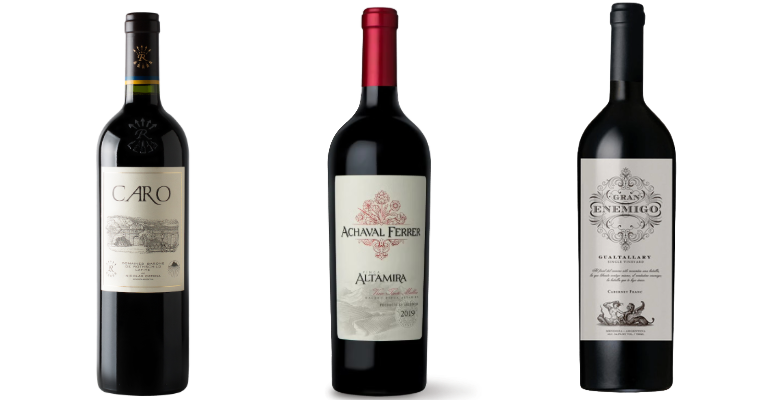Early Bird
Deadline
January 31, 2026
Judging
Date
May 18, 2026
Winners
Announced
June 10, 2026

Twenty years ago, mentioning Argentine wine usually sparked a quick reaction: “Oh, Malbec—great value!” Back then, Argentine Malbec had become synonymous with inexpensive grocery-store selections. Though popular for affordability, these wines often lacked distinct character, positioning Malbec as the default red for casual drinkers. Unfortunately, this reputation overshadowed Argentina’s true winemaking potential, even turning some wine enthusiasts off Malbec entirely—an issue I still encounter today.
Yet quietly, deliberately, and impressively, Argentina’s wine culture has transformed, evolving from bulk exporter to a world-class wine region celebrated for excellence and innovation.
In the early 2000s, Argentina predominantly produced high-volume, low-priced Malbec, often from warmer, lower-altitude regions like Luján de Cuyo. Quantity reigned over quality, catering mainly to international markets demanding affordable, predictable reds. Bulk wine still exists, but it no longer defines Argentina’s wine identity.
Today, a strikingly different story unfolds. Premier regions like Gualtallary, Paraje Altamira, Los Chacayes, and Salta have emerged as icons of Argentine terroir, celebrated for their expressive, site-specific wines. Winemakers have embraced meticulous vineyard management, organic farming, minimal intervention techniques, and thoughtful use of high-quality French oak, concrete tanks, and amphora vessels. These practices now yield wines of extraordinary precision, depth, and character.
[[relatedPurchasesItems-61]]
This strategic shift has earned Argentina unprecedented global acclaim, firmly establishing its wines on the world stage:
While scores alone don’t tell the full story, this consistent acclaim underscores Argentina’s dramatic journey from bulk producer to elite wine destination.

Argentine Wines
This evolution perfectly aligns with changing consumer preferences in the U.S. market:
Argentina’s quality-driven strategy is perfectly timed, meeting consumer demands for authenticity, uniqueness, and premium experiences.
Today, Argentina offers more than affordability—it offers complexity, authenticity, and innovation. Discerning wine drinkers, sommeliers, and collectors now see Argentina not as the home of generic Malbec but as a source of sophisticated, expressive wines comparable to those from Burgundy, Napa, or the Rhône—still at exceptional value.
Key elements define this new era:
[[relatedPurchasesItems-61]]
As U.S. wine drinkers, importers, and retailers potentially face tariffs on European wines, Argentina’s stellar trajectory continues, propelled by visionary winemakers merging tradition with innovation. From the Andes’ rugged heights to old-vine gems scattered across Mendoza, Argentina presents an irresistible narrative- dynamic, diverse, and destined to captivate wine enthusiasts worldwide. Argentina’s wine journey has been transformative- from grocery shelves to top-tier status, delivering authenticity, complexity, and an unmistakable sense of exceptional terroir.
Header image sourced from and article written by Zane Holscher, co-owner of VINUV.
Also Read:
Wine Fatigue Is Real: How Sommeliers Are Keeping Menus Fresh and Exciting
Marqués del Atrio: Tradition Meets Innovation with Jorge & Manuel Rivero
Enter your Wines now and get in front of top Sommeliers, Wine Directors, and On-Premise Wine Buyers of USA.
